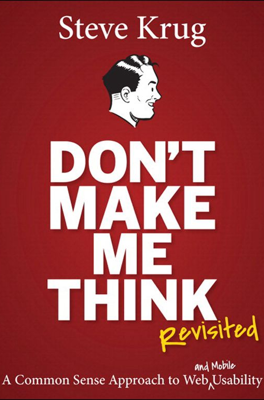Accessibility and You
Accessibility: A Moral and Practical Obligation
Accessibility in web design is not just a feature but a necessity, ensuring that websites are usable by everyone, including individuals with disabilities. Viewing accessibility as an integral aspect of usability is essential because excluding people with disabilities means you cannot truly claim your site is user-friendly.
Misconceptions and Challenges
Designers and developers often view accessibility requirements skeptically, partly due to misunderstandings about the prevalence and needs of people with disabilities. Additionally, the effort seems daunting—both in terms of additional work and possibly compromising design aesthetics, fearing that the requirements for accessibility may clash with optimal design for the general population.
The notion that accessible design helps everyone is true, yet it is sometimes dismissed by citing repeated examples that don't cover the broad scope of benefits. Accessibility's paramount benefit isn't always discussed adequately—it significantly enhances the independence and quality of life for people with disabilities, such as by enabling blind users to independently read online content.
Approach and Simple Starters
Instead of seeing accessibility as a burdensome obligation, recognizing it as "the right thing to do" is fundamental. Moreover, legislation towards enforcing accessibility is likely to increase, adding a legal impetus to moral and usability arguments.
For those venturing into accessibility, engaging directly with the challenges faced by disabled users or referring to experiences documented by specialists would provide deep insights. Resources like articles by Mary Theofanos and Janice Redish, and books on practical and regulatory aspects of web accessibility by authors like Sarah Horton, Whitney Quesenbery, and Jim Thatcher are beneficial starting points.
Practical Steps to Improve Accessibility
Implement practical measures to enhance accessibility with a few straightforward actions: 1. Clarify Usability for All: Address broad usability issues which likely pose even greater hurdles for people with disabilities. 2. Educational Resources: Engage with content that showcases the real-world use of adaptive technologies. 3. Tackle Easy Fixes: Apply simple improvements like proper alt text for images, correct heading usage for structure, keyboard accessibility, and sufficient contrast between text and backgrounds. 4. Opt for Accessibility-ready Templates: Especially with platforms like WordPress, choosing themes designed with accessibility in mind can simplify compliance.
Final Thoughts
Advancements in technology and standards should ideally lead to a future where creating accessible websites is seamlessly integrated into development tools and processes, without needing special consideration. While some hope keeps extending the timeline, the evolution is ongoing and the push towards universally accessible web design continues.
